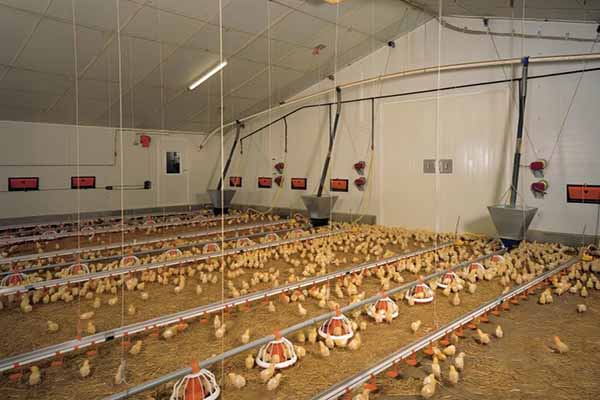Implementing an Automatic Feeding System for 500,000 Chickens in Zambia: A Comprehensive Guide
Introduction
In the rapidly growing poultry industry in Zambia, efficiency and scalability are key factors for success. An automatic feeding system is an essential component for managing a large-scale chicken farm, such as one housing 500,000 chickens. This article provides a detailed guide on the implementation of such a system, exploring its benefits, considerations, and the potential for cost savings.
Benefits of an Automatic Feeding System
An automatic feeding system offers numerous advantages for a large-scale chicken farm like the one in Zambia:
- Increased Efficiency: Automation reduces labor costs and ensures a consistent feeding schedule.
- Enhanced Animal Health: Regular feeding with precise quantities of feed helps prevent malnutrition and disease.
- Cost Savings: Automated systems can lead to reduced feed waste and improved overall efficiency.
System Components
An automatic feeding system for 500,000 chickens typically includes the following components:
- Feeding Hopper: Serves as a storage container for the feed.
- Conveyor Belt: Distributes the feed to the chickens.
- Control Panel: Allows for monitoring and adjusting the feeding schedule.
- Feed Dispenser: Releases the feed at predetermined intervals.
- Sensors: Monitor the feed level and adjust feeding accordingly.
Implementation Considerations
When implementing an automatic feeding system for a large-scale farm in Zambia, consider the following:
- Capacity: Ensure the system can handle the capacity of 500,000 chickens.
- Energy Efficiency: Opt for a system that minimizes energy consumption.
- Reliability: Choose a system with a strong track record and reliable customer support.
- Local Conditions: Adapt the system to local climatic conditions and power supply.
Case Study: Successful Implementation
A leading chicken farm in Zambia recently implemented an automatic feeding system for 500,000 chickens. The system was chosen for its ability to handle the farm’s capacity, its energy-efficient design, and its robust construction. Within months, the farm reported a 15% reduction in feed costs and a significant improvement in chicken health.
Conclusion
Implementing an automatic feeding system for a 500,000 chicken farm in Zambia can bring about significant improvements in efficiency and cost savings. By considering the system components, implementation considerations, and learning from successful case studies, poultry farmers and investors can make informed decisions.
For more information on our automatic feeding systems and how they can benefit your farm, leave a comment below or contact us for a free, no-obligation design and equipment quote.





